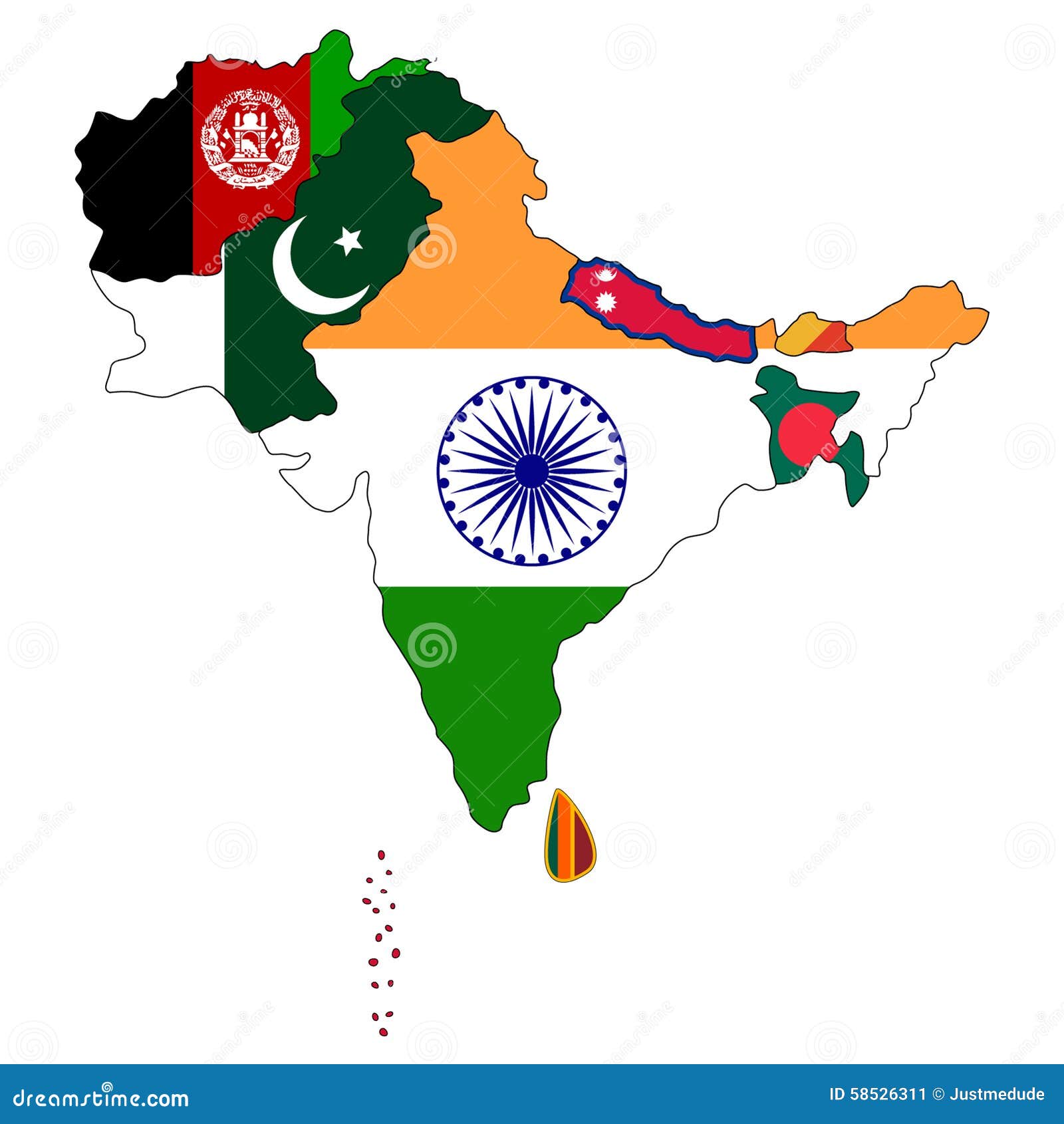
South Asia has been ridden with internal conflicts in the past, which seems very likely to continue in the future.
These conflicts derive from
(a) Ethno-political causes as for example the several
insurgencies
continuing in Northeast India, (now spread into Bhutan)
Chakma dissatisfaction in Bangladesh, Tamil-Sinhala
strife in Sri Lanka, Mohajir-Sindhi struggle in Pakistan and so on.
(b) Communal - religious causes, as for example communal
rioting in
several parts of the subcontinent, the Sikh militancy
which obtained in the Punjab and Islamic
fundamentalism which complicates the present militancy in Kashmir.
(c) Socio-economic causes as for example caste violence
and
Naxalism in various parts of India and the sectarian
violence which persists in Karachi. Clearly none of these
causes of Internal conflicts are neatly separable. The
Tamil-Sinhala strife in Sri Lanka, for instance,
has a Hindu - Buddhist undertone. Similarly, the
violence in Karachi has socio-economic (Mohajir
against ethnic Sindhi) underpinnings the role of
external powers in exacerbating these internal conflicts in
evident. Pakistan’s moral
and
material assistance to militancy in the Punjab and Kashmir has been extensively documented. So is the moral and material assistance provided to the several insurgencies in
Northeast India,
earlier
by China and Pakistan, and now by Pakistan, either directly, or through Bangladesh. The terrorist violence, which has
taken a steady toll of lives in India, Pakistan and
Sri Lanka is strongly
believed to be encouraged from elsewhere in the region.
Comments
Post a Comment